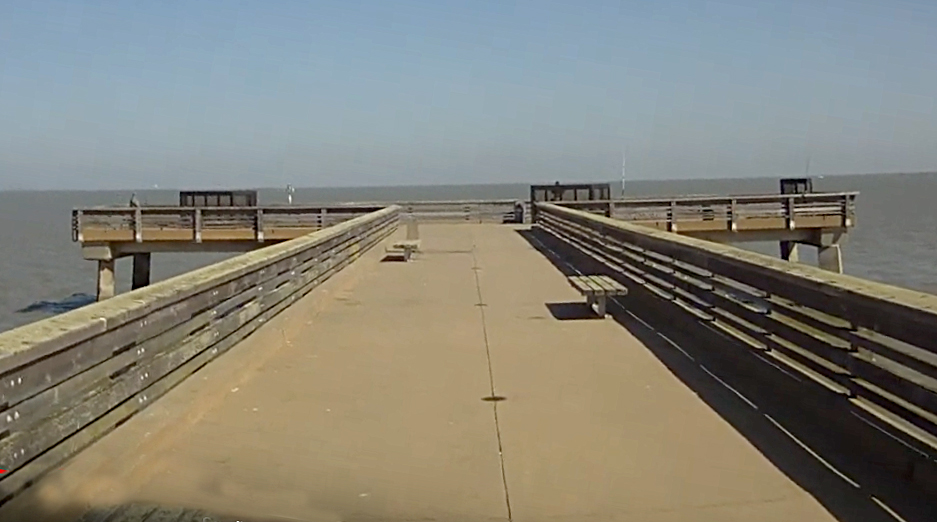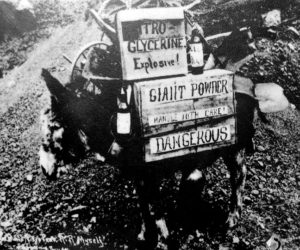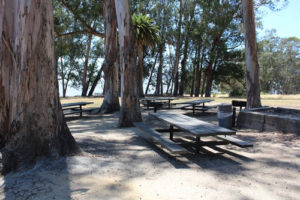Head to Point Pinole for a blast along the shoreline

CONTRA COSTA COUNTY, CA — As the East Bay’s parklands heat up in the summer sun, Point Pinole Regional Shoreline in Richmond is a great place to cool off.
Air-conditioned by breezes from San Pablo Bay, Point Pinole has lots to offer. Its 2,400-plus acres preserve and protect a fascinating cultural and natural history.
The park has three main entrances, all off Richmond Parkway. One is at the end of Atlas Road. Another is on Giant Highway. And the Dotson Family Marsh entrance is at the end of Goodrick Avenue.
The point has a long and colorful history. Its original inhabitants were the Huchiun Ohlone tribe, who lived in what is now San Pablo but had a temporary camp at Point Pinole. They stayed there while gathering shellfish and other food.
With the arrival of Europeans, the land was used for ranching and farming. In the late 1800s, there was a Croatian fishing village in the area of the present Cook’s Point Trail.
Explosive manufacturing

But the most unusual use of the area was dynamite manufacturing. Between 1880 and 1960, the point was home to four explosives manufacturing companies. This was partly because public outcry after major production-related explosions elsewhere prompted the dynamite companies to seek out a more remote location for their businesses.
Giant Powder, later bought by Atlas Powder Co., constructed a company town at Point Pinole. Rail lines crisscrossed the property, transporting product to a railroad station and pier for shipping to customers. Some of the rails were wooden to reduce the chance of sparking. Eucalyptus groves were planted as a buffer in case of explosions. In all, 2 billion pounds of dynamite and nitroglycerine were manufactured at the point.
Eventually, the introduction of ammonium nitrate as a new explosive cheaper to produce put an end to dynamite manufacture. Atlas Powder closed its Point Pinole operation in 1960 and sold the land to Bethlehem Steel Co.
Park beginnings
Bethlehem Steel tore down most of the buildings and cleaned up the debris. But it never followed through on its plans for a steel plant. In 1971, the East Bay Regional Park District bought the first properties for today’s park.
All that remains as evidence of the park’s explosive past are building foundations and earthen berms where the dynamite was stored. There’s also a black powder press exhibited on the Cook’s Point Trail.
The park offers beautiful views of San Pablo Bay, the East Bay shoreline and Mt. Tamalpais across the way in Marin County.
About 12 miles of trails lead along the shorelines and through the eucalyptus groves out to a 1,250-foot fishing pier. The terrain is mostly flat, for those who prefer more mild exercise. No dogs on the pier, please.
A license is required to fish along the shore, but none is needed to fish from the pier. Possible catches include sturgeon, striped bass, bay rays, leopard sharks, perch and flounder. Check the rules posted at the pier entrance for size and take regulations.

There are lots of nice picnic areas in the park. And it’s a great locale for birding, along the shoreline or in the groves. There’s an overnight group camp available by reservation.
All in all, Point Pinole is a great escape from summer’s heat. For more information, visit ebparks.org.
Speaking of the website, be sure to check there for the status of facilities before your visit to any regional park. Although some visitor centers are now open on weekends, you may need to make reservations online before you go.
Ned MacKay writes a regular column about East Bay Regional Park District sites and activities. Email him at nedmackay@comcast.net.
